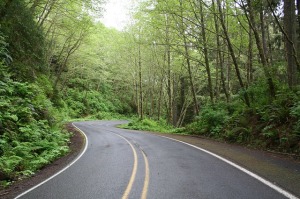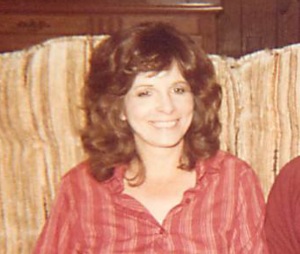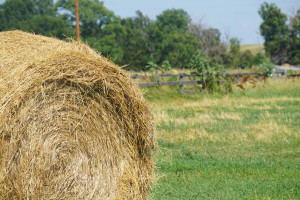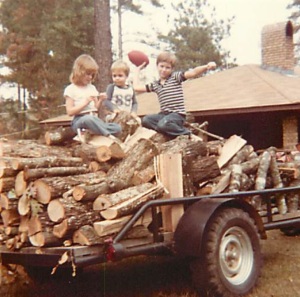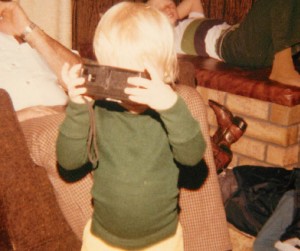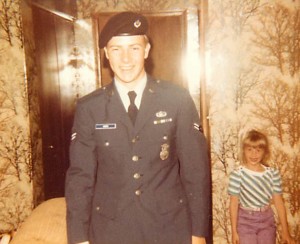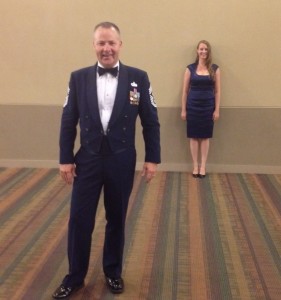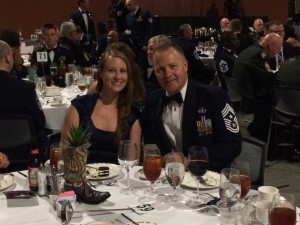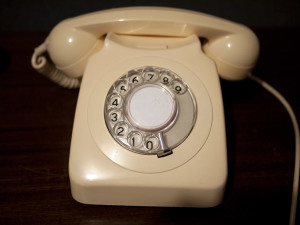 “…I Love You”, the hit 1984 song from Stevie Wonder. It was everywhere, on the car radio, MTV, at the grocery store. “…I just called to say how much I care, I do”, the lyrics are playing in my head now.
“…I Love You”, the hit 1984 song from Stevie Wonder. It was everywhere, on the car radio, MTV, at the grocery store. “…I just called to say how much I care, I do”, the lyrics are playing in my head now.
In 1984 we moved from Louisiana to Kansas and my brothers and I were enrolled in a small Catholic School. It was so small that grades 3 and 4 occupied the same classroom and were taught by the same teacher. I spent my 3rd grade year on one side of the room and 4th grade on the opposite side. There weren’t many children in my class, less than 15 I believe, but we had the necessary distinctions: mean kid, rich kid, nose picker, nice kid, smart kid, stare out the window kid (me)…
It began with a game of “Red Light, Green Light” during recess with most of the 3rd and 4th graders. The game soon changed to “Freeze Tag“. I was quickly frozen but my friend, Christa, ran by and ‘unfroze’ me. The kid who was “it”, Gabe (aka. mean kid), became frustrated and angry that he wasn’t able to keep everyone frozen and started shoving more than tagging kids. I was frozen and watched him push kids with his jaw clenched and brows creased. As he ran out of my line of sight I felt a light tap and my friend’s voice sing out, “You’re free!”. I took two running steps and then felt the air leave my lungs as my body shot forward landing on the concrete, palms scraping on the ground. The stinging started immediately. I looked down through the tears in my eyes to my hands streaked with blood, pounding heartbeat loud in my ears. My chest began to burn and I realized I couldn’t breath. Kids crowded around me, helping me up. My face was burning and I was panicking, I needed air. Then, as I stood up my body’s survival instincts kicked in and my lungs flooded with air causing a searing pain to fill my chest. Crying came next, more like sobbing with tears and snot running down my face. I felt the back of my red t-shirt being pulled up and a classmate yelling at Gabe, “Look what you did!”. I kept trying to pull my shirt down, but the kids were like ants at a picnic. Finally a teacher came over and took me inside to the principal’s office. Adults asked me what happened as I blew my nose and wiped my face. I wasn’t really sure. My back was examined by the teacher, principal and nurse. My mom was called. Gabe was brought in, protesting that it wasn’t him, it wasn’t his fault, she just wants to get me in trouble.
Once home, my mom explained that Gabe had punched me in the back, along my right shoulder blade. All the kids in my class saw it. The deep bruise that was forming was about four inches in diameter and oval shaped. To say that Gabe was strong for his age was not an exaggeration. He had participated in junior wrestling for the past few years, was quite good at it, and unusually muscular for a nine year old. As a skinny dance and gymnastics nerd, I was no match for him. My back ached, I felt every breath, and it hurt to move my arm.
I believe mom let me stay home from school the next day. I remember laying on the couch mesmerized by the T.V. and ice packs on my back. Later in the evening, after dinner, the phone rang. “Jessica, someone wants to talk to you.” I got up, walked over and took the phone. Holding it to my ear I said, “Hello?”. The voice on the other end was a boy’s voice. He started, “I just called (pause) to say (pause)…”. My head was spinning, Stevie Wonder’s voice rang through my mind, the tune so loud. No! This can’t be happening! I was so confused and then he finished, “…I’m sorry.” “What?” I shot back. His voice came back a little more forceful, “I called to say I’m sorry. My mom told me to call you to apologize.” The last word sounding acidic. “Oh, okay.” I replied. Stevie Wonder fading from my head. Then he hung up the phone. I put the phone down and realized my heart had been pounding. Mom asked what was said and I told her. She said something like it was the least he could do.
Almost every time I hear that song, I remember that phone call.
Have you ever had to give or receive an apology that was forced upon you? What was it like? Gabe was nine at the time of the apology, and likely had the capability of understanding right from wrong. Here is an interesting article about apologies and children.
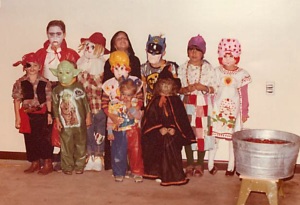 I remember the smell most of all- the plastic, chemical-like smell. I remember the stiff, molded shape smooth against my cheeks, and the edges-sharp and scratchy against the sides of my face. The eye holes were sort of in the right place and the elastic band stayed attached on one side, but kept slipping out of the other side. I remember my tongue getting pinched and stuck over and over in the mouth opening. I could only keep a Halloween mask on until my face started sweating uncomfortably, then I would remove it and the cool air would shock my damp skin forcing me to pull the mask back down. The children wearing masks were completely unrecognizable to friends and parents, but there was no question as to who the children were dressing up as. I laugh remembering the sound of my own voice, so loud in my own ears, muffled to everyone on the other side of the plastic. Trying to eat candy through the mouth opening was impossible, yet, I tried.
I remember the smell most of all- the plastic, chemical-like smell. I remember the stiff, molded shape smooth against my cheeks, and the edges-sharp and scratchy against the sides of my face. The eye holes were sort of in the right place and the elastic band stayed attached on one side, but kept slipping out of the other side. I remember my tongue getting pinched and stuck over and over in the mouth opening. I could only keep a Halloween mask on until my face started sweating uncomfortably, then I would remove it and the cool air would shock my damp skin forcing me to pull the mask back down. The children wearing masks were completely unrecognizable to friends and parents, but there was no question as to who the children were dressing up as. I laugh remembering the sound of my own voice, so loud in my own ears, muffled to everyone on the other side of the plastic. Trying to eat candy through the mouth opening was impossible, yet, I tried.



